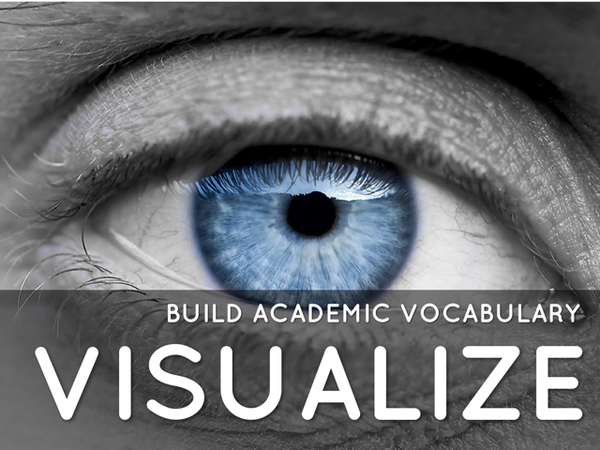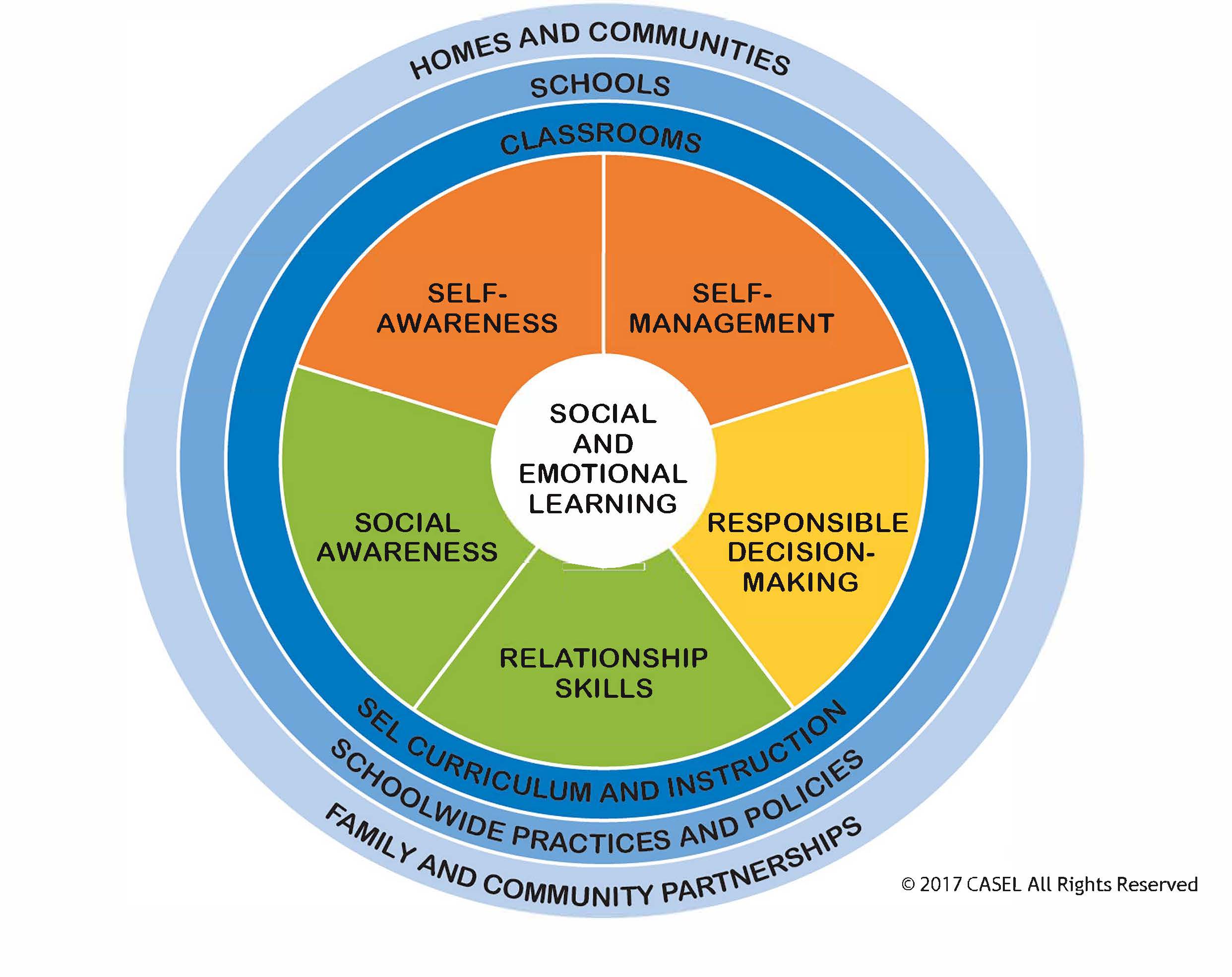5 Module 5: Content Standards

Guiding Questions for Module 5
- What is the content scope and sequence for content standards in my subject(s)?
- What are the advantages and disadvantages of content standards?
- What are the most important ideas and skills you will be responsible for teaching?
- How do wise teachers maximize the use of content standards?
- What is Social and Emotional Learning (SEL)?
Academic Content Standards
Now let’s time travel 12 months into the future. You’ve always dreamed of being a teacher, and now it’s happened. The principal has handed you the keys and opened the door to your new career. You have your new classroom. You have the textbook. You have your favorite coffee mug sitting on your desk.
So, now what? It’s time to teach!
And where do you start? With the standards. Each state has its own curriculum, and each school district usually adopts that curriculum, while adding a few standards that support the district’s own unique needs. We live in and you will teach in an age that places importance on curriculum standards. Some people and teachers believe curriculum standards have improved teaching and student academic performance, while others view them as an unnecessary impediment to powerful teaching and learning. As a teacher, you should be familiar with both sides of the argument….
An Argument in Favor of Content Standards
An Argument in Opposition of Content Standards
Read: Diane Ravitch’s (2016) The Common Core Costs Billions and Hurts Students.
State Content Standards
Every state maintains sets of curriculum standards for nearly every subject that is taught K-12 (some elective subjects may not have state standards). In Kansas, those standards are referred to as the Kansans Can Curricular Standards. If you don’t live or teach in Kansas, consult your state’s department of education website to find your standards. Find your standards in the link above or at your state department of education and download them to your computer. As a new classroom teacher, you will be expected to address your district/state standards for whatever courses you are teaching (specific to your grade level and content area).
Unpacking Content Standards
Your Relationship with Content Standards
You are a thinking adult capable of making your decisions about the value and importance of your particular set (or sets) of content standards. However, it would be a mistake to a) accept the value of everything that is included in your standards; b) assume everything included in your standards is of equal importance; or c) dismiss the content standards as irrelevant to your job as a teacher. You should become familiar with the standards you are responsible for teaching: 1) how are they organized? 2) what are their strengths? 3) what are their limitations? 4) how will you use them as a resource? Standards across disciplines provide a place where teachers can begin to think about what is most important to teach. Although the era of high-stakes testing connected to the standards appears to be coming to a close, the content standards serve as one important resource for instructional planning.
Using the Standards
Go to the content standards for the content and grade level you are planning to teach. Select two standards that you will be required to teach. What is one activity for each of the standards that would help you address them in your class?
A New Reform in Education and Framework
A relatively new reform and framework in education is gaining momentum and finding its way into school curricula: Social and Emotional Learning (SEL). Like other reform efforts and their associated standards, competencies, or frameworks, SEL is controversial. Visit the Collaborative for Academic, Social, and Emotional Learning’s (CASEL) website to learn more about how you might infuse 1) self-awareness; 2) social awareness ; 3) responsible decision-making; 4) self-management; and 5) relationship management into your curricula.

Excellent brief video on SEL. . .

